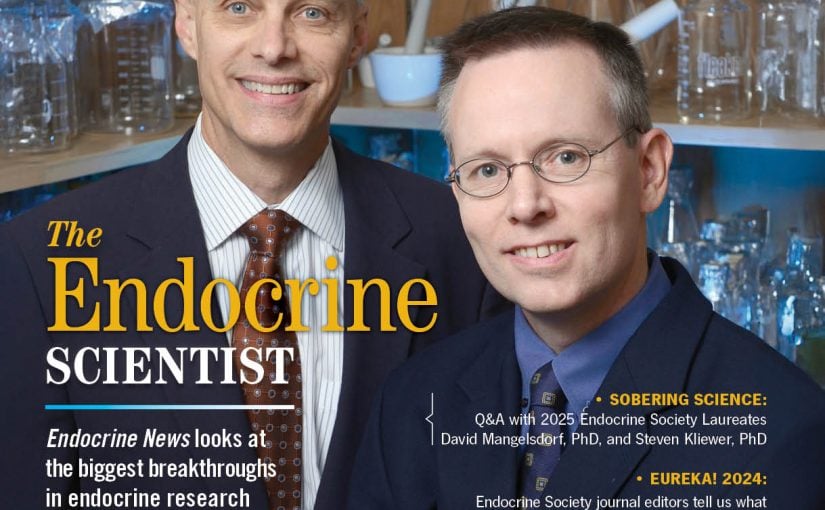Endocrine experts say new regulations unable to properly identify harmful chemicals
The Endocrine Society expressed disappointment today in the European Commission’s revised proposal on defining and identifying endocrine-disrupting chemicals (EDCs), citing unnecessarily narrow criteria for identifying EDCs that will make it nearly impossible for scientists to meet the unrealistically high burden of proof and protect the public from dangerous chemicals.
EDCs can mimic, block or interfere with hormones that regulate key biological functions, including brain development, reproduction, metabolism and growth. Bisphenol A and other EDCs can be found in common products, including food containers, plastics, cosmetics and pesticides.
More than 1,300 studies have found connections between endocrine-disrupting chemical (EDC) exposure and serious health conditions such as infertility, diabetes, obesity, hormone-related cancers and neurological disorders, according to the Endocrine Society’s 2015 Scientific Statement.
The European Union is the largest single economy with regulations specific to EDCs. Enforcement of these regulations requires the European Commission to propose criteria to identify EDCs. The latest proposal asks for an unrealistically high level of scientific evidence for endocrine disruptors, limiting the ability to identify and regulate EDCs.
To effectively identify EDCs, the Endocrine Society supports creating multiple categories based on the amount of evidence that exists to show how specific chemicals act as EDCs. This approach would be similar to the classification scheme used for carcinogens. This would help prioritize chemicals for assessment and regulation and allow for incorporating new data as more studies are published. The latest proposal from the European Commission does not include categories for identifying EDCs.
Failure to effectively regulate EDCs comes with a high price tag. Recent studies have found that adverse health effects from EDC exposure cost the European Union more than €163 billion each year in healthcare expenses and lost productivity.
As the European Parliament and member countries consider whether to implement the European Commission’s criteria, the Society will continue to advocate for criteria that reflect the state of the science.

